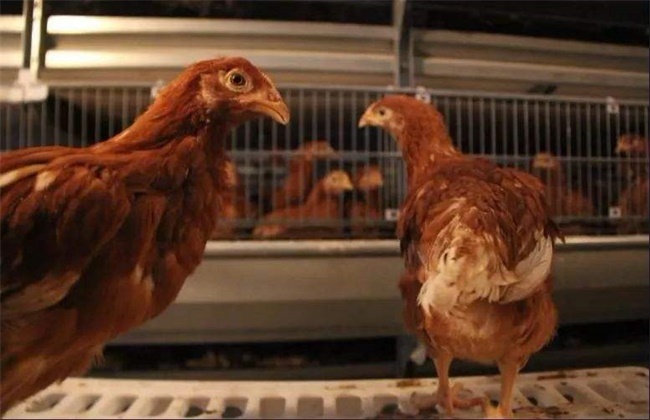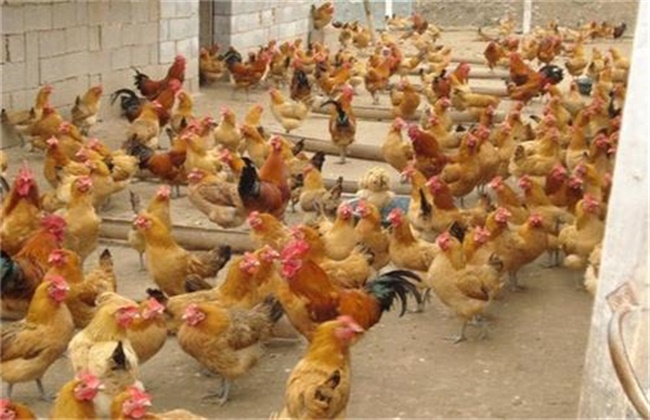Reasons for feed restriction of breeding layers and matters needing attention
In the process of laying hen breeding, 7-18-week-old laying hens are in the breeding period. During this period, the laying hens grow faster, develop faster in muscle and bone, and increase their body weight rapidly, which is also an important period to enter the laying period. But in this period, farmers need to carry out feed restrictions, what is the reason? Let's get to know it.

1. Reasons for feed restriction of breeding layers.
The main reason for the feed restriction of breeding layers is to grow too fast in the exemption period, resulting in overweight, maintaining the normal and healthy growth rate of the body and avoiding its precocious maturity. it will have a great impact on the laying rate of laying hens in the later stage. Therefore, feed restriction is needed, which can not only improve the laying rate, but also reduce feed consumption and breeding cost.
2. Feeding restriction method of laying hens.
Feed restriction of laying hens is not only to reduce the supply of feed, but also to pay attention to the reasonable allocation of feed, especially to limit the level of energy and protein. Generally, there are several specific methods of feed restriction: one is to limit feeding by week, that is, to stop feeding one to two days a week; the second is to restrict feeding on time, usually to finish feeding two days' feed in one day; and to limit feeding according to quantity, generally, the feed intake can be reduced to 90% of the original level, but we should pay attention to the weekly weight gain can not be lower than the standard body weight; fourth, according to the quality limit, feed with low energy, low protein content and low amino acid content.
3. Feeding restriction time and matters needing attention
The feeding restriction of adult laying hens is generally carried out at the age of 8-40 weeks until the end of 17-18 weeks of age. Farmers begin to restrict feed after grouping, and adequate feed trough and flume should be provided during the feed restriction period. If vaccination or disease factors occur during the feed restriction period, the restriction should be stopped immediately so as not to affect the growth and development of laying hens. During the feed restriction, it is best to keep testing the body weight of the flock every week in order to monitor the results of the feed restriction and adjust the feed ratio reasonably.
The above is the introduction of the reasons for feed restrictions and matters needing attention of breeding layers. I hope it can help you. If you want to know more about it, please follow us.
Related
- On the eggshell is a badge full of pride. British Poultry Egg Market and Consumer observation
- British study: 72% of Britons are willing to buy native eggs raised by insects
- Guidelines for friendly egg production revised the increase of space in chicken sheds can not be forced to change feathers and lay eggs.
- Risk of delay in customs clearance Australia suspends lobster exports to China
- Pig semen-the Vector of virus Transmission (4)
- Pig semen-the Vector of virus Transmission (3)
- Five common causes of difficult control of classical swine fever in clinic and their countermeasures
- Foot-and-mouth disease is the most effective way to prevent it!
- PED is the number one killer of piglets and has to be guarded against in autumn and winter.
- What is "yellow fat pig"? Have you ever heard the pig collector talk about "yellow fat pig"?



